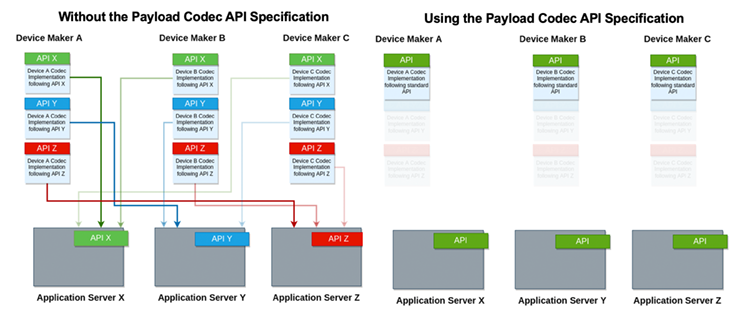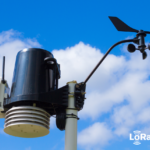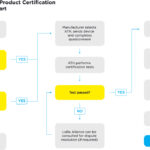The LoRa Alliance, the global association of companies backing the open LoRaWAN standard for Internet of Things (IoT) low-power wide-area networks (LPWANs), today announced that it has expanded the LoRaWAN standard with the addition of TS013-1.0.0, an application programming interface (API) for application payload decoder-encoders (codecs). Adopting the new specification will allow device manufacturers and application server providers to reduce deployment complexity significantly. This will make it far easier and faster to deploy LoRaWAN devices at a massive scale. The LoRa Alliance will host a webinar on October 27 at 7 am US PDT to share how to build a standard codec, focusing on its structure and recommendations for optimization. Click here for more information or to register.
 “LoRa Alliance members, working with their customers identified a new opportunity to enhance ease-of-use,” said Donna Moore, CEO, and Chairwoman of the LoRa Alliance. “By doing the work to develop a standardized application payload codec API, we are greatly simplifying the onboarding process, making it easier to integrate and deploy devices, and thereby facilitating massive LoRaWAN deployments. This new specification eliminates yet another barrier to massive IoT with a new standards-based approach.”
“LoRa Alliance members, working with their customers identified a new opportunity to enhance ease-of-use,” said Donna Moore, CEO, and Chairwoman of the LoRa Alliance. “By doing the work to develop a standardized application payload codec API, we are greatly simplifying the onboarding process, making it easier to integrate and deploy devices, and thereby facilitating massive LoRaWAN deployments. This new specification eliminates yet another barrier to massive IoT with a new standards-based approach.”
When using LoRaWAN to transport application payloads, messages are very compactly encoded to minimize bandwidth usage. As messages reach the application server, they must be decoded to be read and processed. Previously, each device manufacturer or application developer had to write a specific codec for each device and application platform pair, which created friction for device onboarding. With the new payload codec API specification, a codec can be developed once and used on any application platform, achieving considerable savings in terms of reduced complexity and accelerated time to market.
The LoRaWAN Payload Codec API standardizes an API for the JavaScript codecs for LoRaWAN devices to enable adoption by both device makers and application server vendors. A standard codec provides the capability to decode uplinks/downlinks and to encode downlinks, allowing new LoRaWAN devices to be easily integrated into any compatible platform.




